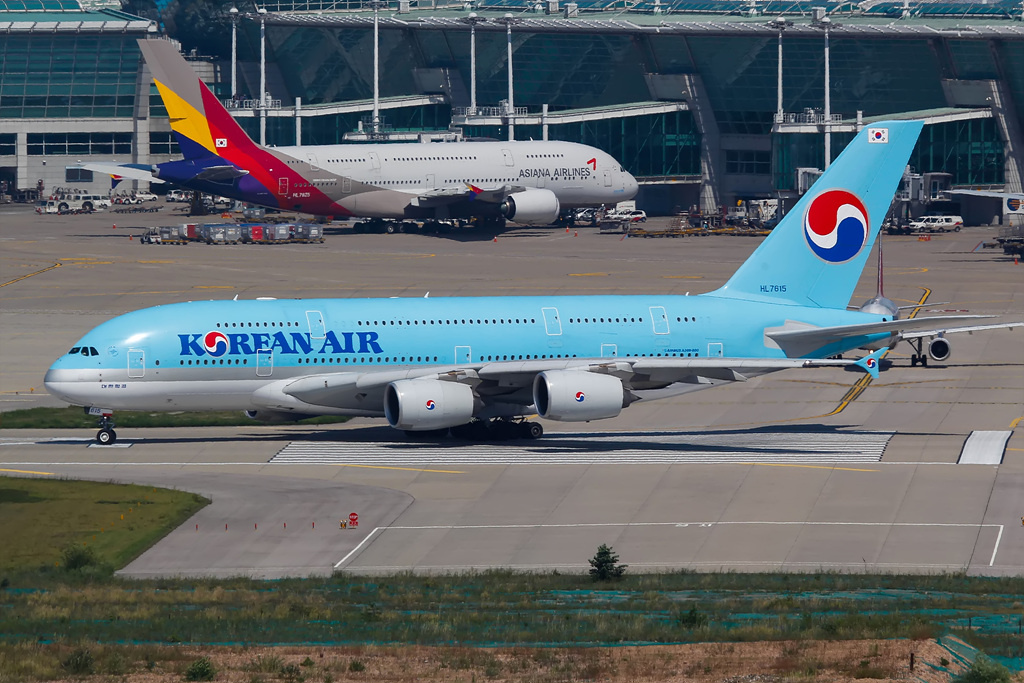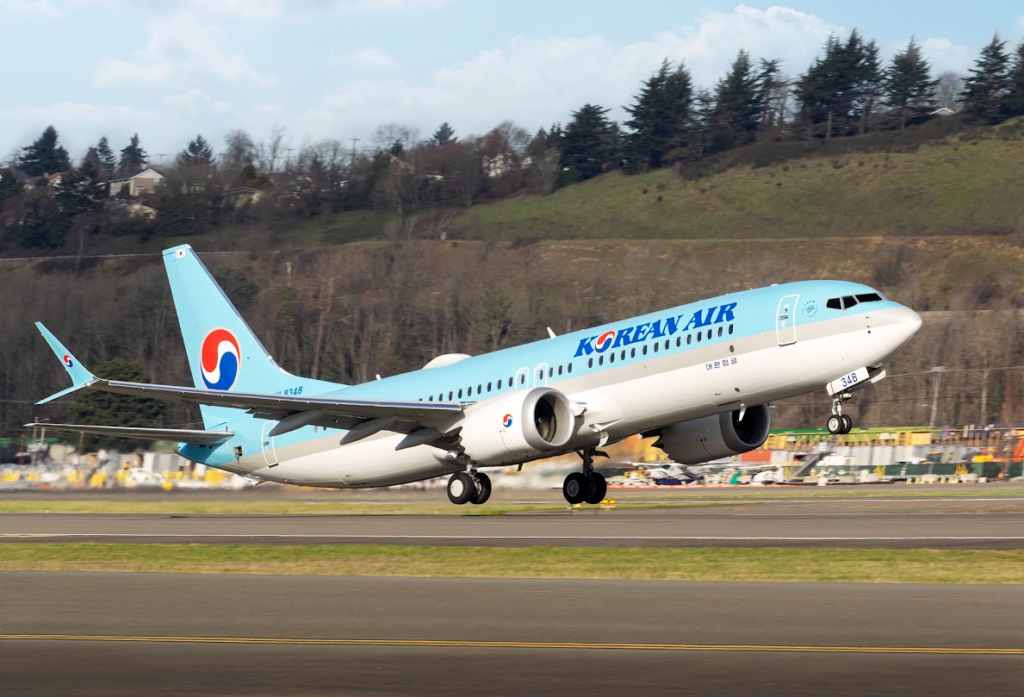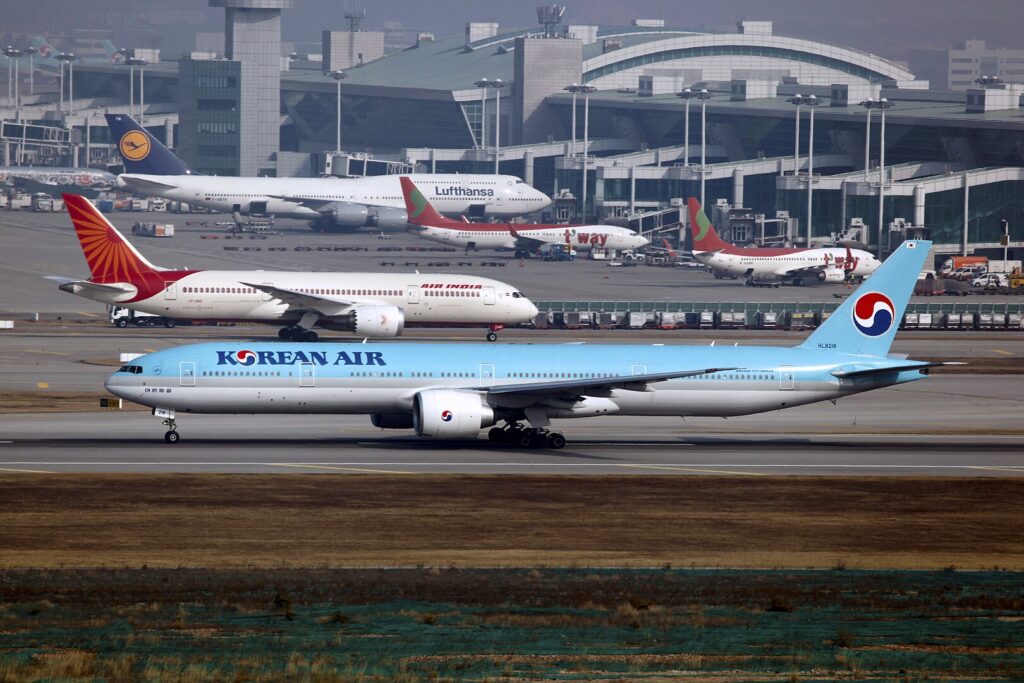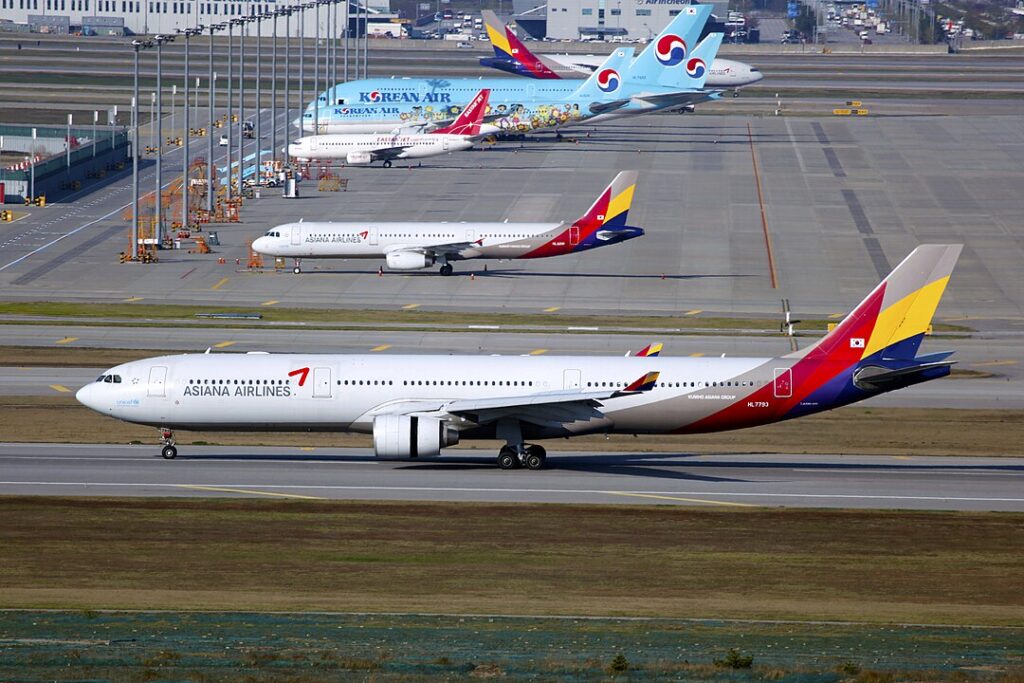SEOUL- South Korea is among the top 10 largest aviation markets in the world and it is going to change after the Korean Air (KE) and Asiana Airlines (OZ) merger.
This landmark consolidation will dramatically reshape the country’s international airline landscape, reducing the number of domestic carriers from 10 to 7 and concentrating market power among fewer operators.

Korean Air Asiana Merger
Cirium’s December 2024 schedules as shared by Pang Yee Huat reveal a substantial shift in international seat capacity distribution.
Previously, South Korean airlines collectively controlled 70% of international seats, with foreign carriers occupying the remaining 30%.
The merger will further concentrate this capacity, with the combined Korean Air and Jin Air now commanding nearly half (49%) of South Korea’s international seat capacity.
The strategic merger involves not just Korean Air and Asiana Airlines, but also includes the consolidation of Air Busan and Air Seoul into Jin Air. This restructuring aims to create more efficient and competitive airline entities within the South Korean market.
To maintain robust competition, South Korea is exploring strategies to encourage greater foreign airline participation.
Currently, 75 foreign carriers operate in the country, with top contributors including VietJet Air, China Eastern Airlines, China Southern Airlines, Vietnam Airlines, and Air China. Each of these carriers represents between 1-3% of the seat capacity share.
Also Read: Korean Air Completes $1.4 Billion Merger With Asiana Airlines

Government Initiatives
The South Korean government is taking proactive steps to ensure sustained competition in the airline industry following the merger of Korean Air and Asiana Airlines. According to industry sources, the government plans to prioritize low-cost carriers (LCCs) for medium and long-haul routes, particularly to emerging markets such as India and Vietnam.
Additional measures include expanding air rights for regional airports and promoting charter flights to underserved regions. To enhance Incheon Airport’s global competitiveness, new routes will be introduced, and transfer times will be optimized. The government is also committed to supporting regional airports by providing subsidies for new routes and offering incentives to airlines.
Furthermore, in collaboration with the Fair Trade Commission, the government aims to prevent monopolistic practices and foster a balanced market environment. Other key initiatives include expanding air cargo services—particularly to China—and implementing measures to ensure safe operations amid rising international travel demand.

New Potential Market
In Indonesia, South Korea currently connects to three destinations – Jakarta, Denpasar, and Batam. Over the 12 months ending September 2024, more than 1 million passengers traveled between the two countries, with 37% relying on connecting flights.
With strengthening bilateral relations and the potential for further liberalization of air rights, opportunities exist to increase direct services to these destinations and explore new links to secondary cities like Surabaya, Medan, and Lombok. Expanding flights from airports beyond just Incheon could also help diversify and enhance connectivity.
On the India front, there is currently only one direct route between South Korea and India – Seoul to Delhi, served by Air India (AI) and Korean Air. However, during the same 12-month period, 65% of the 344,000 passengers traveling between the two nations used connecting flights, indicating insufficient nonstop capacity to meet demand.
With ongoing revisions to the bilateral air rights agreement, there is significant potential for new nonstop services to key Indian cities such as Mumbai, Bengaluru, or Chennai.
These aviation policy developments position South Korea’s aviation sector as an exciting market to watch.
Stay tuned with us. Further, follow us on social media for the latest updates.
Join us on Telegram Group for the Latest Aviation Updates. Subsequently, follow us on Google News

